Optimizing Drainage: Cool Roof Solutions for Long-Term Performance
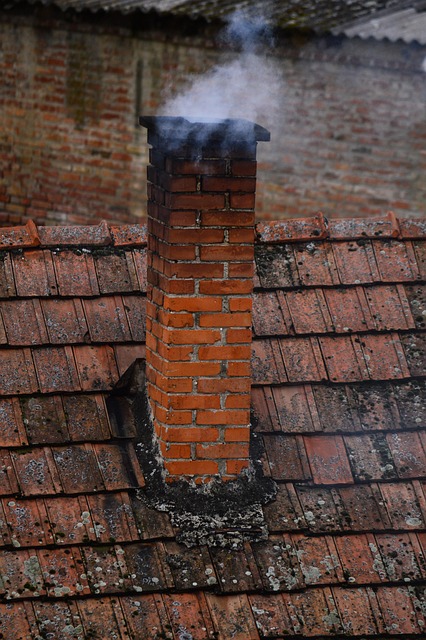
Cool roof solutions featuring reflective paints and efficient drainage systems significantly reduce…….
Cool Roof Solutions: A Comprehensive Overview
Introduction
In an era where urban heat islands are becoming increasingly prevalent, the importance of sustainable building practices cannot be overstated. “Cool Roof Solutions” represent a critical component in mitigating the effects of rising global temperatures and reducing energy consumption. This article delves into the multifaceted world of cool roof technologies, their environmental impact, economic benefits, and the policy frameworks that support their adoption. Readers will gain a comprehensive understanding of how these solutions can be integrated into various architectural designs, the advancements driving their evolution, and the future they hold for global sustainability efforts.
Understanding Cool Roof Solutions
Cool roof solutions are strategic design elements that reduce the amount of heat a building absorbs, thereby lowering energy costs for cooling and reducing carbon emissions. They are characterized by highly reflective materials and light-colored pigments that deflect sunlight and heat. Historically, these solutions have evolved from simple white paint to sophisticated solar-reflective roof coatings.
The core components of cool roof solutions include:
These components work synergistically to maintain a lower temperature on and within the building, thereby reducing the need for air conditioning. This not only conserves energy but also contributes to a more comfortable indoor environment and reduces the urban heat island effect.
Global Impact and Trends
The global impact of cool roof solutions is profound, with urban areas across continents adopting these technologies to combat the urban heat island effect. Trends indicate a growing awareness of the environmental benefits, with an increasing number of cities and regions mandating or incentivizing the use of cool roofs in new constructions and retrofits.
Different regions are affected by cool roof solutions in unique ways:
Economic Considerations
The economic implications of cool roof solutions are significant. They offer a cost-effective method to reduce energy consumption, leading to savings for homeowners and businesses. From a macroeconomic perspective, widespread adoption can result in substantial energy savings, contributing to economic stability by reducing reliance on energy imports and fluctuating energy prices.
Market dynamics are influenced by factors such as material availability, technological advancements, and consumer awareness. Investment patterns reflect a growing commitment to sustainable building practices, with an increasing flow of capital into research, development, and implementation of cool roof technologies.
Technological Advancements
Technological advancements have been pivotal in the evolution of cool roof solutions. Innovations include:
These advancements not only enhance the effectiveness of cool roofs but also open up new possibilities for their application in diverse climates and building types.
Policy and Regulation
Policies and regulations play a crucial role in shaping the adoption of cool roof solutions. International bodies like the United Nations promote sustainable construction practices, while local governments implement building codes and incentives to encourage their use.
Key policies include:
These frameworks are essential for ensuring that cool roof solutions are accessible, affordable, and widely implemented.
Challenges and Criticisms
Despite their benefits, cool roof solutions face challenges and criticisms. Some of the main issues include:
Strategies to overcome these challenges include:
Case Studies
Several case studies exemplify the successful implementation of cool roof solutions. For instance, Los Angeles’s “Cool Roofs, Warm Hearts” initiative has led to significant energy savings and a reduction in greenhouse gas emissions. Another example is Singapore’s Green Mark Incentive Scheme, which incentivizes the adoption of sustainable building practices, including cool roofs.
Lessons learned from these case studies highlight the importance of:
Future Prospects
The future of cool roof solutions is bright, with potential growth areas in emerging economies and in retrofitting existing infrastructure. Emerging trends include the integration of biomimicry and the development of self-healing materials. Strategic considerations involve adapting to climate change and ensuring that these solutions remain relevant as building technologies evolve.
Conclusion
Cool roof solutions offer a promising path toward sustainable urban development, energy conservation, and climate change mitigation. Through a combination of innovative technology, supportive policies, and community engagement, these solutions can be effectively implemented to benefit both the environment and the economy. As we move forward, it is imperative to continue research, encourage adoption through incentives, and adapt to the changing needs of our urban landscapes.

Cool roof solutions featuring reflective paints and efficient drainage systems significantly reduce…….
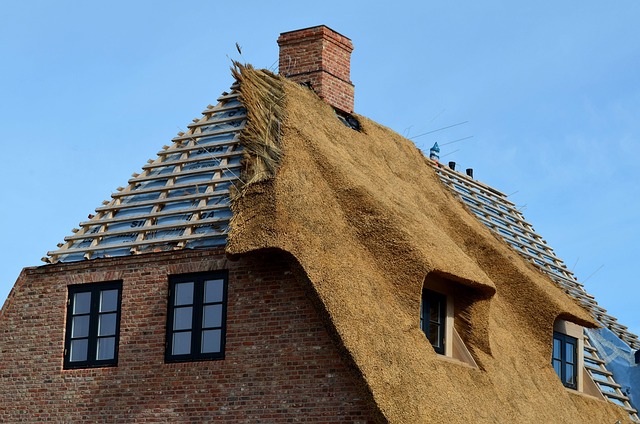
Green roofs, with their integration of vegetation and soil, offer a sustainable solution for urban s…….

Implementing energy-efficient cool roofs is a strategic approach to sustainable building, reducing w…….
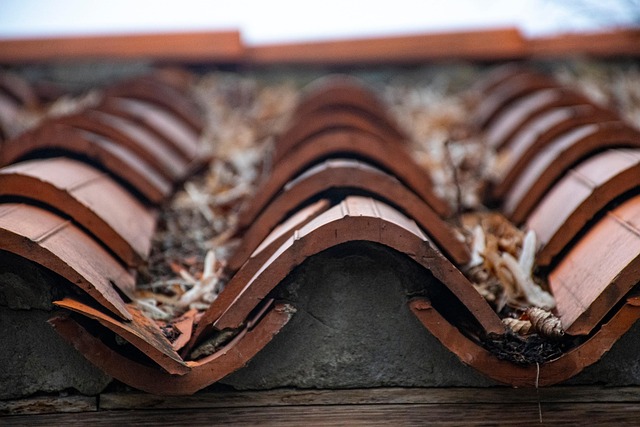
White cool roofing is a highly effective strategy for reducing energy consumption in buildings, espe…….

Reflective roofing systems are a popular, sustainable choice for various applications, reducing ener…….
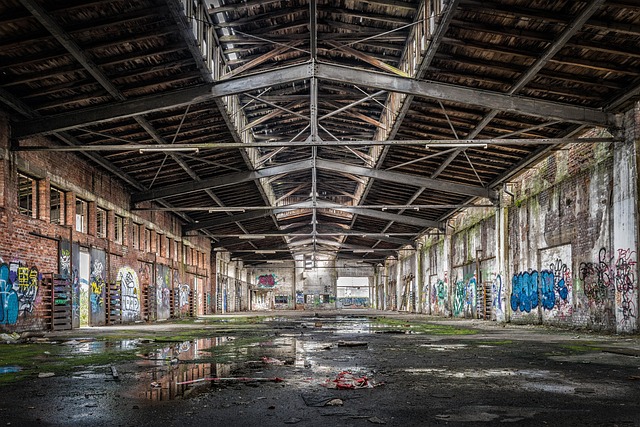
Energy-efficient cool roofs are a sustainable choice for both residential and commercial buildings,…….
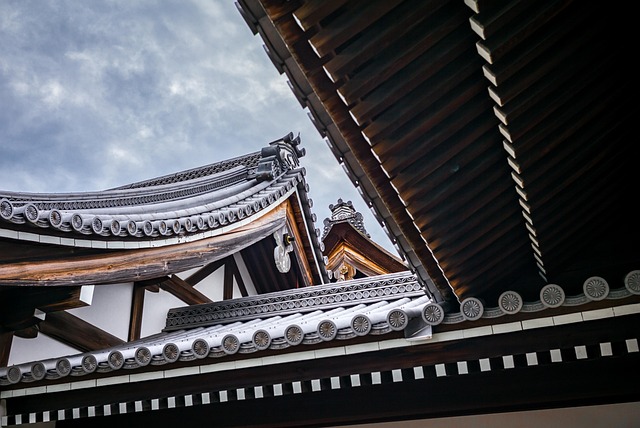
Cool roof technology, by reflecting sunlight and reducing interior heat gain, lowers energy usage fo…….
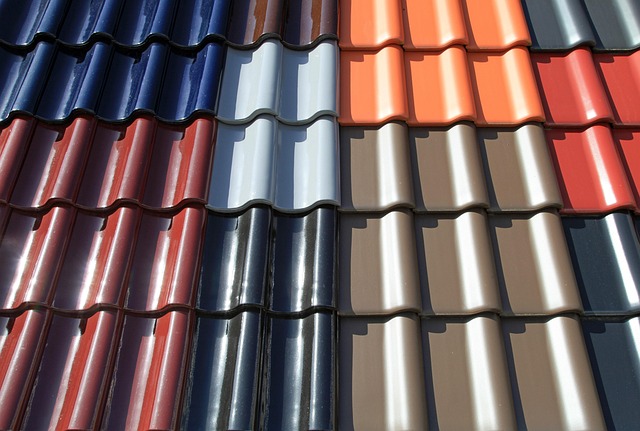
Green roofs, featuring vegetative layers over waterproof membranes, offer a sustainable solution for…….
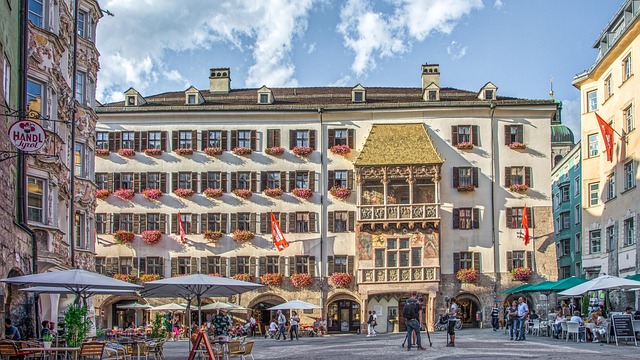
Reflective roofing systems, featuring cool roofs with light-colored materials, are an energy-efficie…….